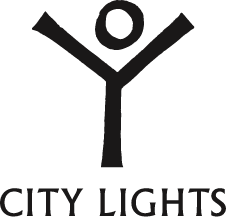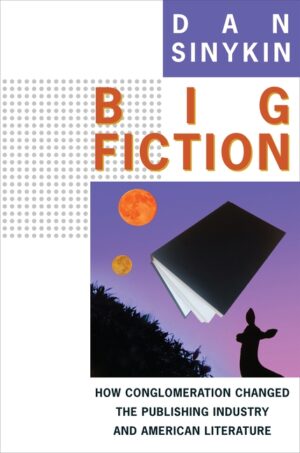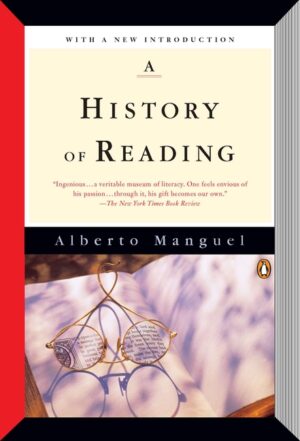A book of extraordinary range, depth, and clarity. . . .
Learning to Read and Write, the only survey of its subject, is an essential text for historians of literacy, of gender, and of early America. Broad in scope and deep in research, it will inspire both within and beyond these fields.–
The New England Quarterly Learning to Read and Write in Colonial America is a very important book.. . . Literary specialists will especially be gratified, but all historians of early America will profit from this richly researched work.–
Journal of American History This book fills a significant gap in the scholarship of early America as well as in the scholarship of the history of reading and writing . . . . It will become an essential reference text for any scholar or student of American book history, the history of pedagogy, and the history of literacy.–Patricia Crain, author of
The Story of A: The Alphabetization of America from The New England Primer to The Scarlet Letter
Unique in its scope and in several of the questions being asked, this wide-ranging book will be important to early Americanists as well as to historians of reading.–David D. Hall, general editor of the five-volume
History of the Book in America While much has been written on the history of literacy, the subject of learning to read and write during America 's Colonial era has not received in-depth treatment. Monaghan (English, emerita, Brooklyn Coll., CUNY) seeks to remedy that situation with this truly impressive treatise, which has been exhaustively researched over the last 20 years. Following a chronological progression from 1620 through 1776, Monaghan offers a comprehensive analysis of Colonial literacy instruction that ranges throughout the Colonies and covers a broad variety of demographic groups and educational settings. She describes the separate motives behind the teaching of reading (largely meant to facilitate religious education) and of writing (which had more practical and secular purposes). In a refreshingly readable style for such a scholarly work, Monaghan studies the relationships between rates of literacy and other measures of Colonial culture, making rich use of primary sources to offer accessible and enlightening case histories. Illustrated with contemporary portraits and writing samples, this volume will no doubt become indispensable to those studying the history of literacy education. While covering the past, it is relevant to current debates about literacy. Highly recommended for academic libraries.–
Library Journal One of the book's most engaging features is to take seriously reading instruction of Native Americans and African American slaves. . . . Monaghan convincingly shows that reading and writing were separate ideological domains. . . . Readers not primarily interested in book history or colonial America wills till find intriguing Monaghan's balanced and incisive analysis of the historical convergences of literacy and race.Journal of American History–
American Literature Monaghan's fascinating case studies come from a wide range of geographic locales and populations, including native Americans and the missionaries who worked with them, schoolteachers, schoolchildren, rich and poor families, slaves, and a host of wonderfully vivid characters, down to the inescapable Ben Franklin. . . . Given its impressive scope, clear argumentation, and plentiful and fascinating historical insights, Monaghan's study will be of great use in college classrooms, not only for the study of the history of books and reading but also for the social history of childhood, gender, and the family in the colonial United States.–
North American Review E. Jennifer Monaghan's meticulous research, strong theoretical organization, and persuasive case studies provide evidence for the modernists' thesis while complicating the story.–
The Historian Given its impressive scope, clear arguementation, and plentiful and fascinating historical insights, Monaghan's study will be of great use in college classrooms, not only for the study of the history of books and reading but also for the social history of childhood, gender, and the family in the colonial United States.–
Itinerario This thoroughly engaging book is rich in detail and innovative in approach. The real testament here is that at the end of 381 pages of text, readers are left longing for more.–
William and Mary Quarterly





